Market Growth Projections
The Global Fuel Cell Market Industry is poised for remarkable growth, with projections indicating a market value of 82.4 USD Billion by 2035. This growth trajectory is supported by a compound annual growth rate of 28.32% from 2025 to 2035, reflecting the increasing adoption of fuel cell technologies across various sectors. The market's expansion is driven by factors such as rising demand for clean energy solutions, technological advancements, and government support. As the industry evolves, it is likely to attract further investments and innovations, solidifying its position in the global energy landscape.
Government Support and Incentives
Government support and incentives play a crucial role in the Global Fuel Cell Market Industry, as many countries are implementing policies to promote the adoption of fuel cell technologies. Financial incentives, such as grants and tax credits, are encouraging businesses and consumers to invest in fuel cell systems. For instance, the United States Department of Energy has launched initiatives to support research and development in hydrogen and fuel cell technologies. This backing is likely to accelerate market growth, as it fosters innovation and reduces the financial burden on stakeholders. Consequently, the industry is expected to witness a compound annual growth rate of 28.32% from 2025 to 2035.
Rising Demand for Clean Energy Solutions
The Global Fuel Cell Market Industry is experiencing a surge in demand for clean energy solutions as nations strive to meet stringent environmental regulations. The transition towards sustainable energy sources is becoming increasingly critical, with governments implementing policies to reduce carbon emissions. For instance, countries like Germany and Japan are investing heavily in hydrogen fuel cell technology, which is projected to play a pivotal role in their energy transition strategies. This shift is expected to drive the market's growth, with the industry projected to reach 5.31 USD Billion in 2024, indicating a robust trajectory towards a cleaner energy future.
Growing Applications Across Various Sectors
The Global Fuel Cell Market Industry is witnessing an expansion in applications across various sectors, including transportation, residential, and industrial. Fuel cells are increasingly being utilized in electric vehicles, providing a clean alternative to traditional combustion engines. Additionally, they are being deployed in backup power systems for critical infrastructure, ensuring reliability and sustainability. The versatility of fuel cells is attracting investments from diverse industries, further driving market growth. As the demand for clean and efficient energy solutions continues to rise, the fuel cell market is likely to benefit from this diversification, positioning itself as a key player in the global energy landscape.
Increasing Investment in Hydrogen Infrastructure
Investment in hydrogen infrastructure is becoming a pivotal driver for the Global Fuel Cell Market Industry. As hydrogen is recognized as a clean energy carrier, governments and private entities are allocating substantial resources to develop the necessary infrastructure for hydrogen production, storage, and distribution. This includes the establishment of hydrogen refueling stations and production facilities. Countries like South Korea and the European Union are leading the way in this investment, which is expected to facilitate the widespread adoption of fuel cell technologies. The growing infrastructure is likely to enhance the market's growth potential, making fuel cells a more accessible option for consumers and businesses alike.
Technological Advancements in Fuel Cell Technology
Technological advancements are propelling the Global Fuel Cell Market Industry forward, enhancing the efficiency and performance of fuel cells. Innovations in materials, such as the development of more durable membranes and catalysts, are improving the overall effectiveness of fuel cells. For example, advancements in solid oxide fuel cells are enabling higher operating temperatures and greater efficiency. These improvements not only reduce costs but also expand the applications of fuel cells across various sectors, including transportation and stationary power generation. As a result, the industry is poised for substantial growth, with projections indicating a market value of 82.4 USD Billion by 2035.


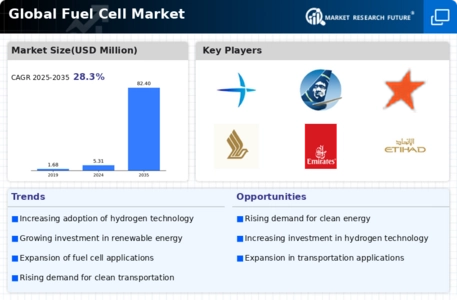
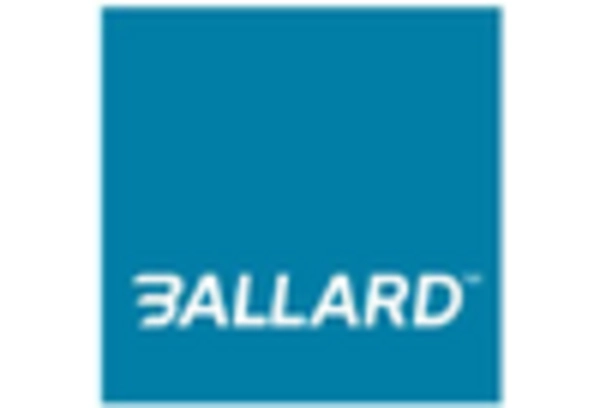
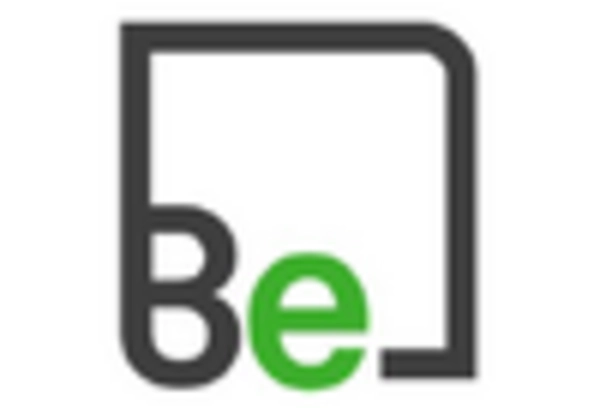
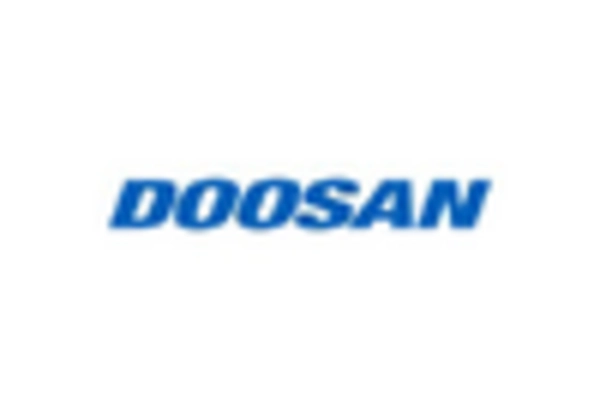
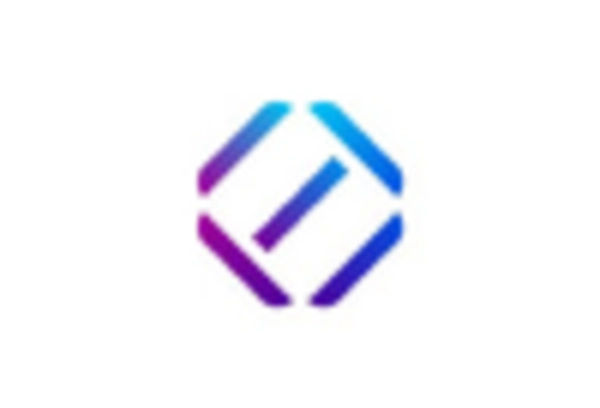
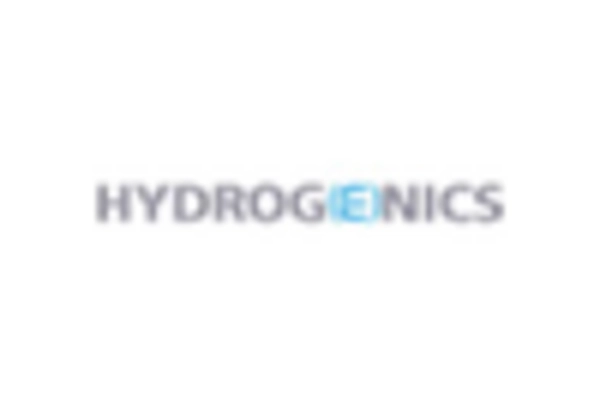
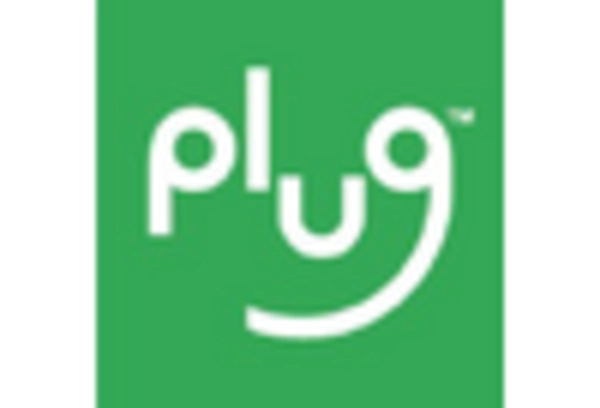








Leave a Comment